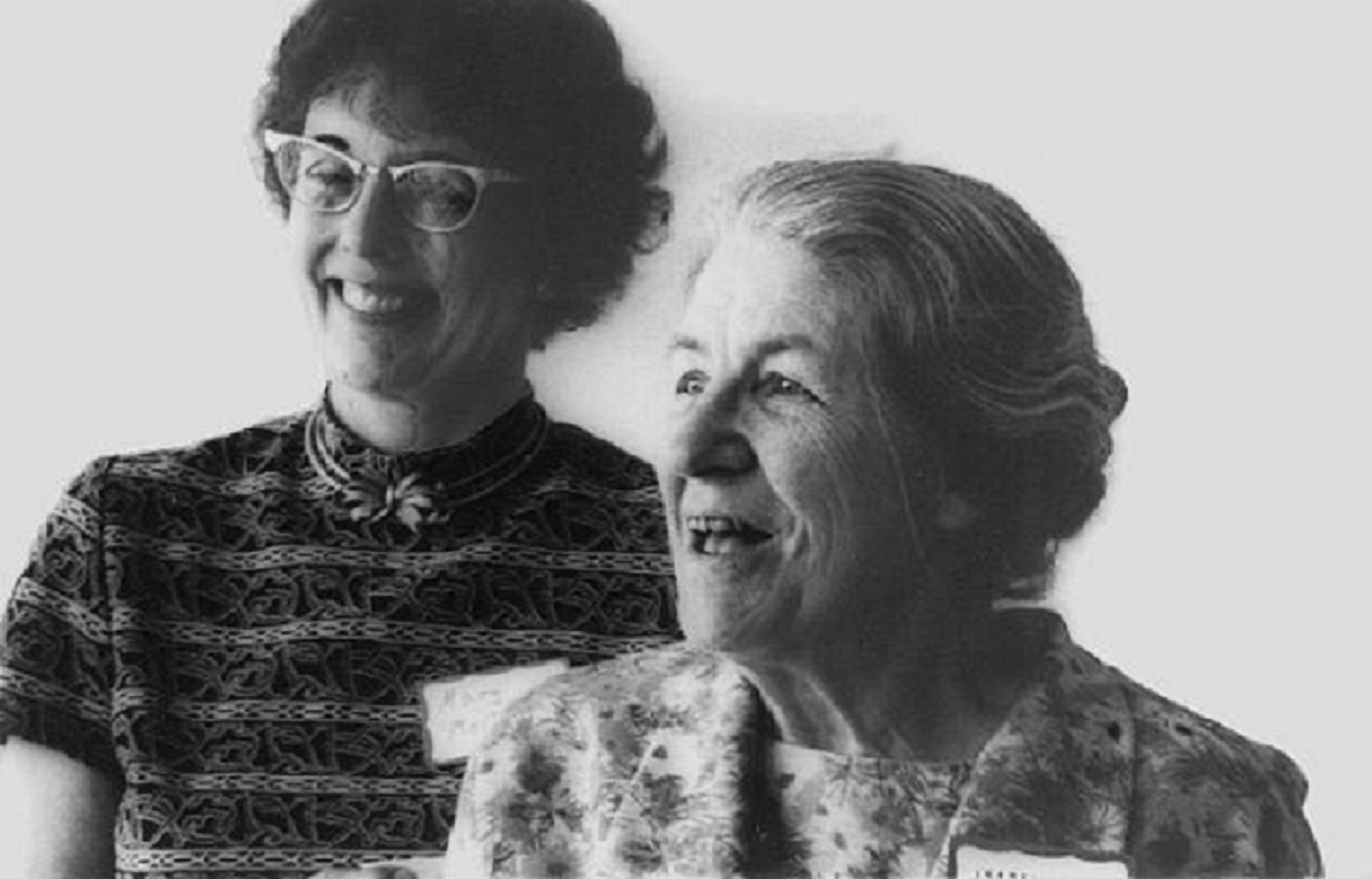
Whatever the circumstances of your life, the understanding of type can make your perceptions clearer, your judgments sounder, and your life closer to your heart’s desire. – Isabel Briggs Myers
I am an accredited facilitator of the Myers-Briggs Type Indicator (MBTI) and administer it to many of my leadership participants. I know that not everyone is an MBTI fan, but I call the MBTI workshop my “Give Peace a Chance” workshop.
Many times, we believe that people see and judge the world the same way that we do and that they are purposefully annoying us with their behavior. When discussing the MBTI with a group and doing some exercises together, it becomes obvious that what we notice and how we decide what is good can be very different.
The MBTI was developed by Katharine Cook Briggs and Isabel Briggs Myers and is based on Carl Jung’s theory of personality type. Briggs explored and elaborated on Jung’s theories and introduced her daughter to the concepts at a young age. Isabel Briggs entered Swarthmore College at age 16 and graduated first in her class in 1919. She married her junior year and became Isabel Briggs Myers. The suffering of World War II motivated her to find a way to help people understand each other. Her tool for human understanding is the MBTI.
By developing individual strengths, guarding against known weaknesses, and appreciating the strengths of the other types, life will be more amusing, more interesting, and more of a daily adventure than it could possibly be if everyone were alike. – Isabel Briggs Myers
Isabel reveled in people’s differences and felt that most arguments are merely misunderstandings. She wrote a book about the MBTI and its underlying concepts with her son, Peter Briggs Myers. She died just before the publication of the first edition of Gifts Differing. In the preface, her son writes:
“…while not trained as a psychologist, [Isabel Myers] devoted the entire second half of her life to interpreting and adapting Jung’s theory to help ordinary, healthy, normal people understand that it is all right to be unique individuals, often quite unlike those around them, and that many, if not most, of the differences, problems, and misunderstandings they may have experienced with others can be explained in terms of the perfectly normal, but different, choices in the way people take in and process information.”
The MBTI classifies people along four dichotomies. Your type will tell you your preferred position along each dichotomy. It’s important to note that you are not limited by your type. Your type points out your preferred style of perceiving, judging, and orienting yourself to the world. Your type does not define who you are or limit your behavior to your preferred skills. Just as you can learn to sign your name with your nondominant hand, you can learn to use skills outside your preferred type.
There are no wrong answers on the MBTI. There are no “abnormal” types. Every type is valuable and normal. You are never obligated to share your type with anyone else.
As Jung began studying people’s behavior, he first noticed how involved they were in the outside world. He separated people into “Extraverts” and “Introverts.” Introverts are mostly interested in ideas and concepts inside their own heads. Extraverts interact more with the outside world. We all lie somewhere on the scale between the two extremes.
The second scale defines how we perceive the world around us. Sensing types notice small details and live in the moment. Intuitive types live in the world of possibility and focus on the future. Intuitive types don’t always notice the details around them.
The third dichotomy tells us how we judge the world. Thinking types are very logical; they feel it is important to be fair, logical, and consistent. Feeling types value relationships and harmony over logic; they feel that individual circumstances and people’s needs and feelings must be taken into account.
The last dichotomy is the Perceiving – Judging scale. Perceiving types like to keep their options open. Finishing a project means losing options. Perceiving types also have a very fluid sense of time. Judging types, on the other hand, are punctual and organized. They like to finish a project so that they can cross it off of their list and stop thinking about it.
We all fall along the scale on each of these dichotomies. It’s important to remember that our type is merely a preference. The most accomplished leaders move up and down the scale as needed.
For example, I am an Intuitive type, which means that I am not good at noticing details. However, for a while I administered a test to adults and figured out that some of them were cheating.
I began to watch them very closely and noticed that most people keep both hands on a desk while taking a test. Anyone who had one hand in their lap could be holding a cheat sheet. It wasn’t always true, but I began noticing details and walking behind anyone with one hand not on the desk.
We can learn to function efficiently outside our preferred type. In fact, extraordinary leaders have learned to move up and down the four scales as needed to achieve the best outcome, interactions, and results.
For a little bit of fun leadership development, join 53 Leadership Challenges at KathyStoddardTorrey.com.
Want to go further with your professional development? Check out the courses offered at PositiveEffectLeadership.com.
If you are interested in taking your career to the next level quickly, contact me for a sample coaching session at KSTorrey@tapferconsulting.com.

Pingback: Myers-Briggs Type Indicator (MBTI) Extravert-Introvert Scale | Kathy Stoddard Torrey
Good article. I am facing some of these issues as well..
Pingback: Myers-Briggs Type Indicator (MBTI) Thinking-Feeling Scale | Kathy Stoddard Torrey
Pingback: Myers-Briggs Type Indicator (MBTI) Judging-Perceiving Scale | Kathy Stoddard Torrey